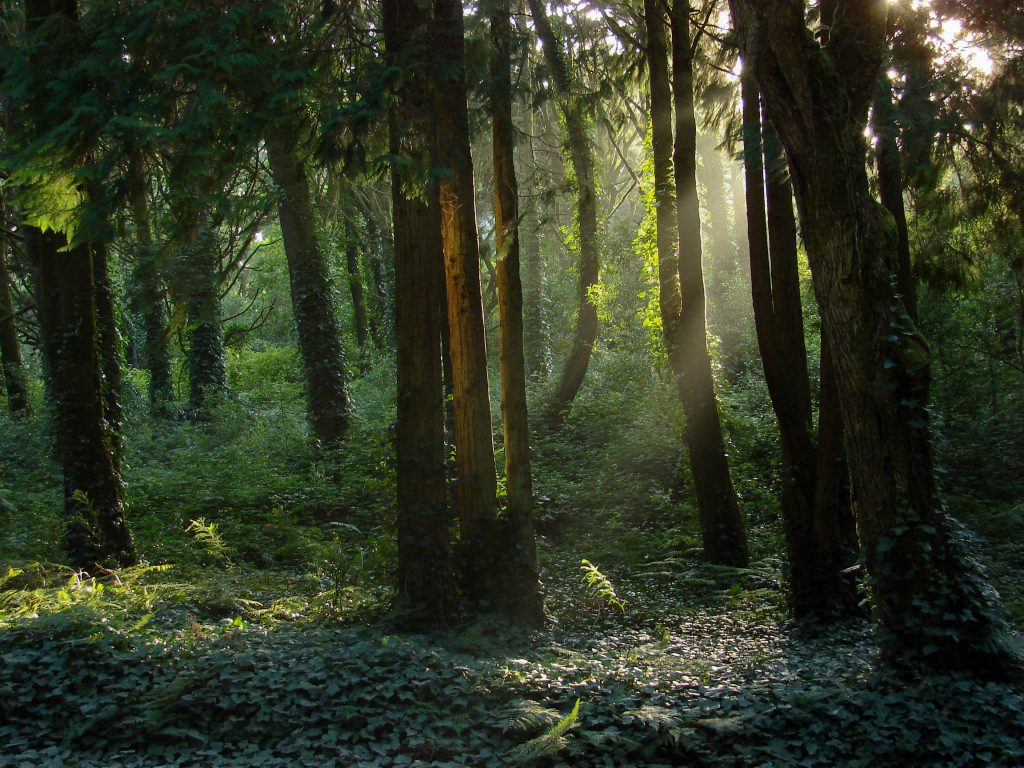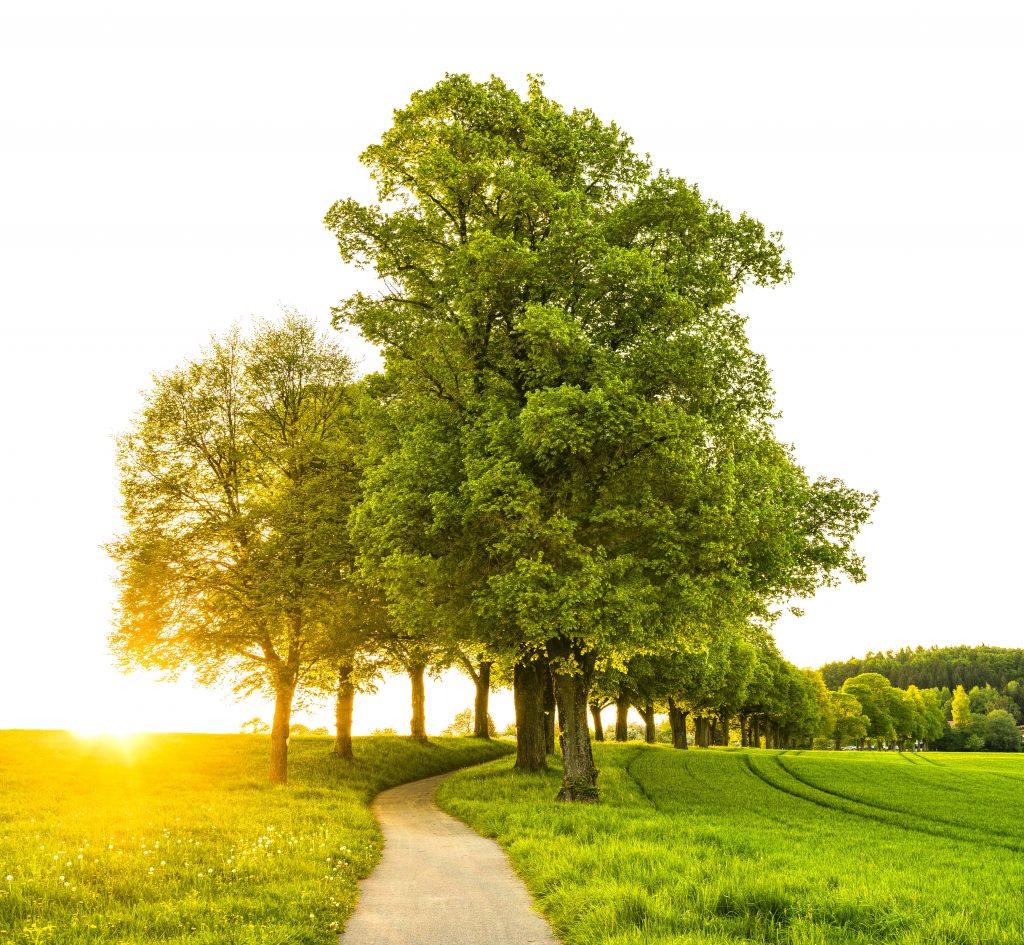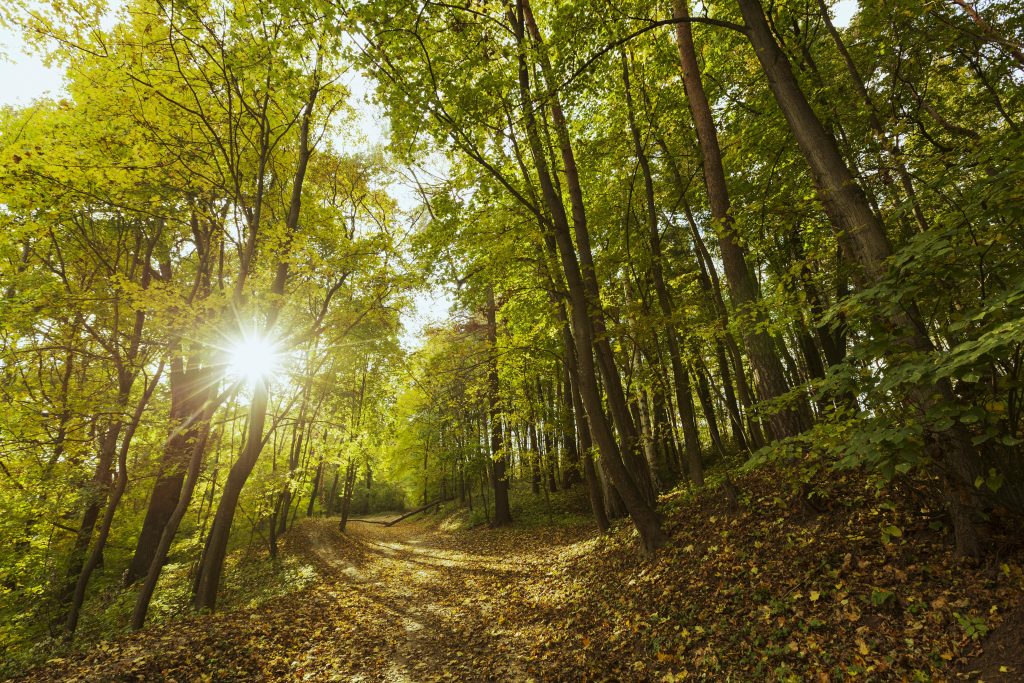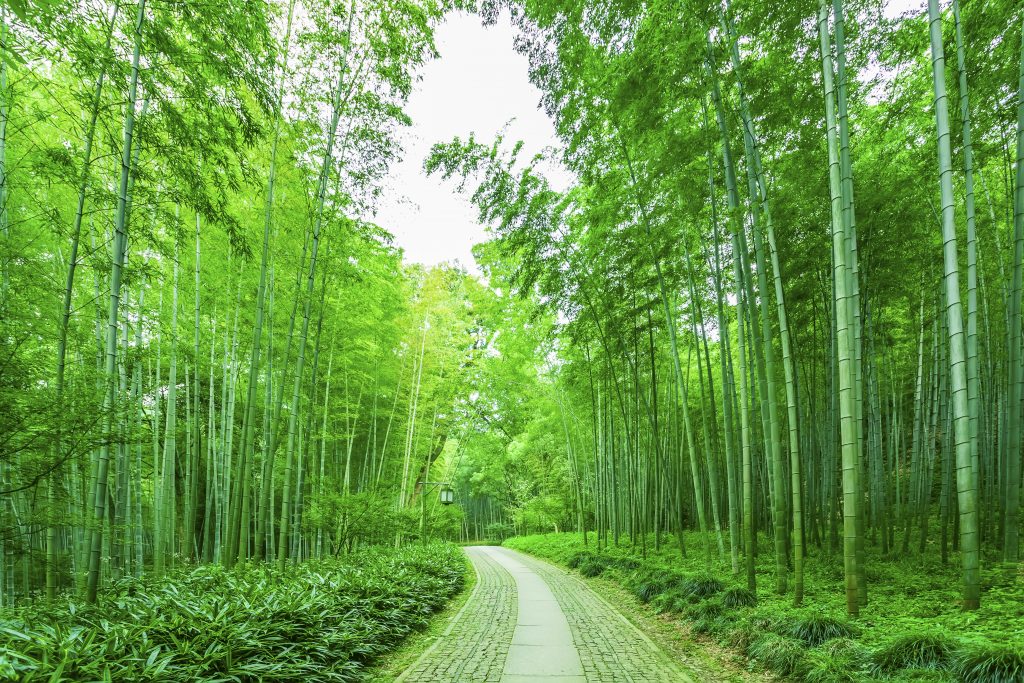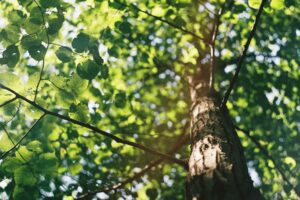HOW TO CREATE AND MAINTAIN A TREE INVENTORY
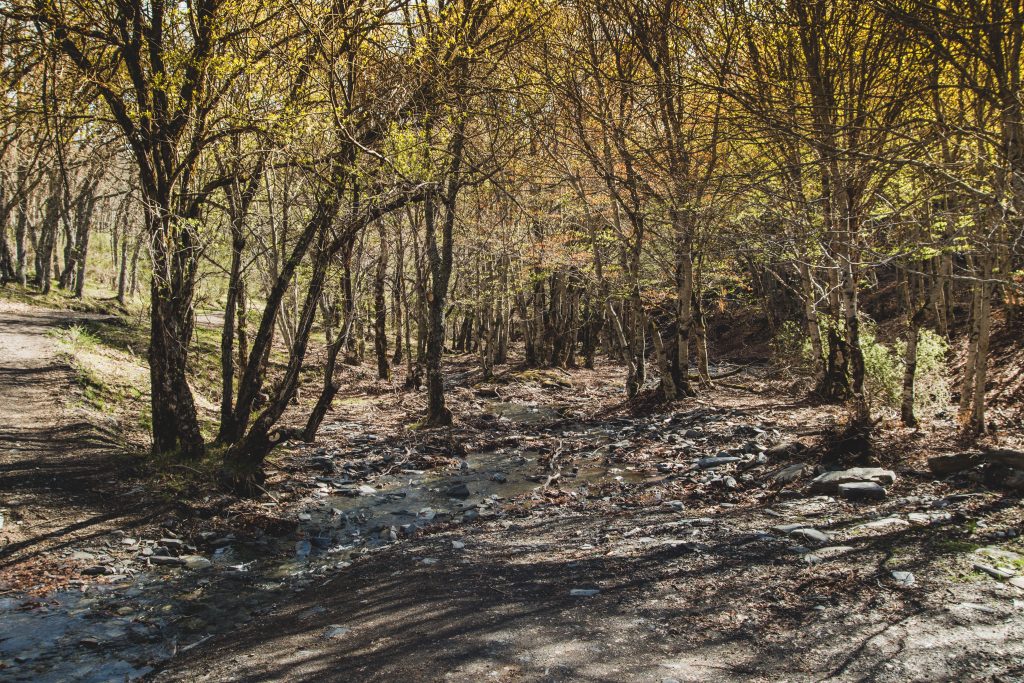
A tree inventory is a systematic collection of information about individual trees within a specific area, such as a property, park, campus, or urban area. This comprehensive record provides valuable insights into the quantity, distribution, species diversity, health, and condition of trees, enabling informed tree management decisions. Tree inventories are created and maintained by arborists, land managers, urban planners, municipalities, and property owners to ensure effective tree care and sustainability. Here’s a more detailed explanation of tree inventories:
- Purpose and Importance:
- A tree inventory serves as a foundational tool for managing urban and natural tree populations.
- It helps assess the health and condition of trees, plan maintenance activities, and make informed decisions regarding tree preservation, removal, and planting.
- Data Collected in a Tree Inventory:
- Species and Identification: Each tree’s species is recorded, helping to understand the diversity and composition of the tree population.
- Location: The geographic coordinates (latitude and longitude) or address of each tree are noted for accurate mapping.
- Size and Measurements: Diameter at Breast Height (DBH), height, canopy spread, and other measurements provide insights into the tree’s growth.
- Health and Condition: Arborists evaluate the overall health, vitality, and structural condition of each tree.
- Age and Growth: The tree’s estimated age and growth rate contribute to understanding its life stage.
- Maintenance History: Past pruning, treatments, and interventions are documented for reference.
- Site Conditions: Soil type, light exposure, proximity to infrastructure, and other environmental factors affecting tree health are recorded.
- Methods of Data Collection:
- Field Surveys: Arborists physically visit each tree, collect data, and assess its condition.
- Technology: Geographic Information Systems (GIS), GPS devices, and mobile apps aid in accurate data collection and mapping.
- Community Involvement: Volunteers, community members, and citizen scientists can contribute to data collection efforts.
- Data Management and Analysis:
- Collected data is typically organized in spreadsheets, databases, or specialized software.
- Mapping tools like GIS allow visual representation of tree distribution and patterns.
- Data analysis identifies trends, areas of concern, and opportunities for improvement in tree management practices.
- Benefits of Tree Inventories:
- Informed Decision-Making: Tree inventories provide a basis for decisions about pruning, planting, removals, and pest management.
- Risk Assessment: Identifying hazardous or unstable trees helps prioritize safety measures.
- Budgeting and Planning: Budget allocation for tree care and maintenance can be better planned based on inventory data.
- Species Diversity: Inventories highlight species imbalances and aid in promoting biodiversity.
- Community Engagement: Sharing inventory results encourages community involvement in tree care and management.
- Long-Term Value:
- A well-maintained tree inventory is a dynamic resource that adapts to changing conditions and management needs.
- Regular updates reflect tree growth, changes in health, and management activities.
Tree inventories are invaluable tools for sustainable urban forestry, supporting healthy tree populations and fostering a harmonious balance between human habitats and natural ecosystems.
Purpose Of A Tree Inventory
The purpose of a tree inventory is to systematically collect, organize, and manage comprehensive information about individual trees within a specific area. This information serves as a valuable resource for effective tree management, informed decision-making, and the promotion of sustainable urban and natural environments. The key purposes of a tree inventory include:
- Data Collection and Documentation:
- A tree inventory documents essential information about each tree, such as species, location, size, health, condition, and maintenance history.
- By recording this data, the inventory provides a comprehensive snapshot of the tree population’s status and characteristics.
- Maintenance and Care Planning:
- The inventory informs the planning and scheduling of tree care activities such as pruning, fertilization, and pest management.
- Arborists and tree care professionals can tailor maintenance practices to individual tree needs based on the inventory data.
- Risk Assessment and Mitigation:
- The inventory helps identify hazardous or structurally compromised trees that pose safety risks.
- By assessing tree health and condition, proactive measures can be taken to mitigate potential hazards, reducing the risk of accidents and property damage.
- Resource Allocation and Budgeting:
- Tree management requires financial resources. The inventory aids in budget allocation by providing insights into the scope of work needed for proper care.
- Municipalities, organizations, and property owners can allocate funds more efficiently based on the inventory’s recommendations.
- Species Diversity and Biodiversity Enhancement:
- The inventory assesses species composition, helping identify imbalances and opportunities to promote biodiversity.
- Planting decisions can be guided by inventory data to ensure a resilient and diverse tree population.
- Planning for Future Development:
- Urban planning and development can impact trees. An inventory informs decisions about where and how to accommodate trees in urban growth plans.
- Zoning decisions can consider the preservation of valuable trees, contributing to sustainable urban design.
- Educational and Outreach Initiatives:
- The inventory data can be used for educational purposes, raising awareness about the importance of trees and their contributions to the environment.
- Community members can engage in tree-related activities and become advocates for proper tree care.
- Tracking Changes and Trends:
- Over time, the inventory reveals changes in tree health, growth, and condition. These trends provide insights into the effectiveness of tree management strategies.
- Historical data helps assess the success of past interventions and adjust future approaches.
- Environmental Benefits Evaluation:
- The inventory contributes to assessing the environmental services provided by trees, such as air quality improvement, carbon sequestration, and energy conservation.
- This information underscores the value of trees in urban ecosystems and informs policy decisions.
- Long-Term Planning and Monitoring:
- A well-maintained tree inventory supports long-term planning by anticipating tree health, growth, and management needs.
- Regular updates and reviews ensure the inventory remains relevant and effective over time.
The purpose of a tree inventory extends beyond simple data collection. It plays a pivotal role in guiding informed management decisions, enhancing community engagement, promoting tree health and safety, and fostering sustainable environments that benefit both human inhabitants and the natural world.
Importance Of Maintaining Accurate And Up-To-Date Tree Records
Maintaining accurate and up-to-date tree records through a tree inventory is of paramount importance for effective tree management, informed decision-making, and the overall well-being of trees and the environment. Here are the key reasons why accurate and up-to-date tree records are essential:
- Informed Decision-Making: Accurate records provide essential information for making well-informed decisions about tree care, maintenance, and management. This ensures that actions taken are based on reliable data rather than assumptions or guesswork.
- Proactive Maintenance: Up-to-date records help schedule and plan tree care activities, such as pruning, fertilization, and pest management. This proactive approach prevents issues from worsening and promotes the overall health of trees.
- Risk Assessment: Accurate records aid in identifying potential hazards or unstable trees. With this information, appropriate measures can be taken to mitigate safety risks and prevent accidents or property damage.
- Resource Allocation: Maintaining accurate records assists in allocating resources effectively. Budgets for tree care and management can be better planned based on the actual needs of the tree population.
- Species Diversity: Recordkeeping reveals the diversity and distribution of tree species within an area. This information is crucial for promoting biodiversity and implementing suitable planting strategies.
- Long-Term Planning: Accurate records provide insights into the growth patterns, health trends, and historical changes of trees over time. This data aids in developing long-term management strategies.
- Urban Development: Tree records inform urban planning by identifying locations of valuable trees and helping incorporate green spaces into development plans. This supports sustainable urban design.
- Community Engagement: Accurate records engage communities in tree-related initiatives. Sharing data fosters awareness and participation in tree care and management efforts.
- Tracking Success: Accurate records allow assessment of the effectiveness of past interventions. Monitoring changes and trends provides insights into the success of management strategies and informs future decisions.
- Environmental Benefits Evaluation: By keeping track of tree health and growth, the positive environmental services provided by trees, such as air quality improvement and carbon sequestration, can be quantified and communicated effectively.
- Legal and Liability Matters: Accurate records demonstrate responsible management practices. In the event of disputes or legal issues, comprehensive records serve as evidence of due diligence.
- Continuity and Succession Planning: In situations where property ownership or management changes, accurate records ensure the continuity of tree care practices and knowledge transfer.
- Education and Outreach: Data from accurate records can be used to educate the public about the importance of trees and their contributions to the environment.
- Adaptation to Changing Conditions: As environmental conditions evolve, accurate records enable adjustments to management strategies and species selection based on current realities.
- Scientific Research: Accurate and well-maintained records contribute to scientific studies on urban forestry, tree biology, and environmental impacts.
If you need a tree service in Utah, you can call:
Truco Services, Inc.
4640 Commerce Drive
Murray, Utah 84107
(801) 466-8044
https://truetreeservices.com/
